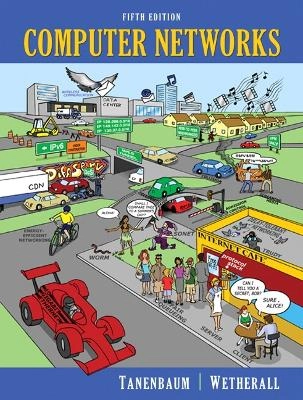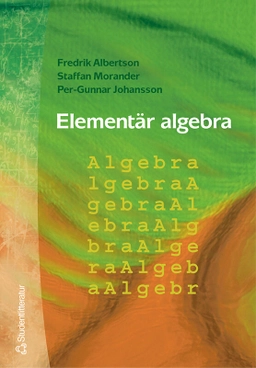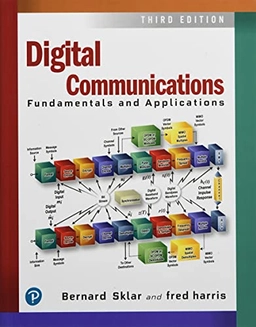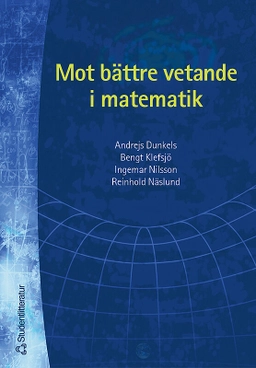A contemporary, yet classic, introduction to today's key networking technologies Computer Networks, Fifth Edition, is the ideal introduction to the networking field. This bestseller reflects the latest networking technologies with a special emphasis on wireless networking, including 802.11, 802.16, Bluetooth, and 3G cellular, paired with fixed-network coverage of ADSL, Internet over cable, gigabit Ethernet, MLPS, and peer-to-peer networks. Notably, this latest edition incorporates new coverage on 3G mobile phone networks, Fiber to the Home, RIFD, delay-tolerant networks, and 802.11 security, in addition to expanded material on Internet routing, multicasting, congestion control, quality of service, real-time transport, and content distribution. Authors Andrew Tanenbaum and Davis Wetherall describe the inner facets of the network, exploring its functionality from underlying hardware to applications, including:Physical layer (e.g., copper, fiber, wireless, satellites, and Internet over cable) Data link layer (e.g., protocol principles, protocol verification, HDLC, and PPP) MAC Sublayer (e.g., gigabit Ethernet, 802.11, broadband wireless, and switching) Network layer (e.g., routing algorithms, congestion control, QoS, IPv4, and IPv6) Transport layer (e.g., socket programming, UDP, TCP, RTP, and network performance) Application layer (e.g., e-mail, the Web, PHP, wireless Web, MP3, and streaming audio) Network security (e.g., AES, RSA, quantum cryptography, IPsec, and Web security) The book dissects and depicts the principles associated with each layer and then translates them through examples from the Internet and wireless networks. About the Authors Andrew S. Tanenbaum is a Professor of Computer Science at Vrije Universiteteit, Amsterdam, the Netherlands. He is a fellow of IEEE and ACM and a member of the Netherlands Royal Academy of Arts and Sciences. He recently won a prestigious European Research Council Advanced Grant of 2.5 million to do research on highly reliable computer systems. Tanenbaum has also authored or coauthored the following titles: Structured Computer Organization, Fifth Edition; Operating Systems: Design and Implementation, Third Edition; and Distributed Systems: Principles and Paradigms, Second Edition, all published by Prentice Hall.David J. Wetherall is an Associate Professor of Computer Science and Engineering at the University of Washington in Seattle. He hails from Australia and has worked in the area of networking for the past two decades. His research is focused on Internet protocols, wireless networks, and security. Wetherall's work has been recognized with a Sloan Fellowship, the IEEE Bennett Prize, and the ACM SIGCOMM Test-of-Time Award.
Åtkomstkoder och digitalt tilläggsmaterial garanteras inte med begagnade böcker





















